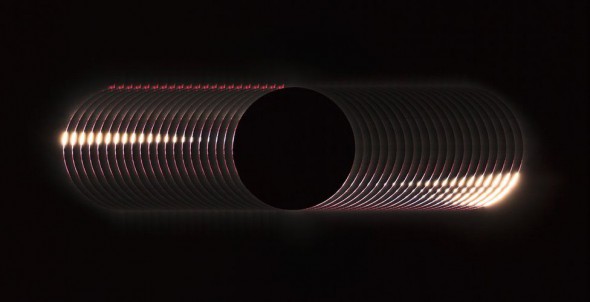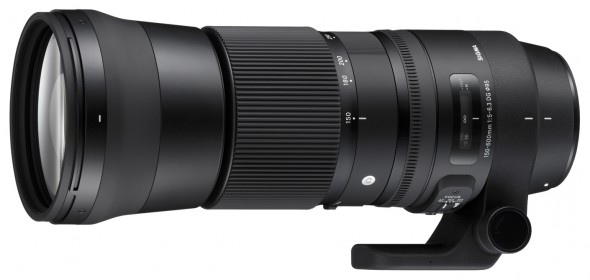Yu Jun’s composite image of a solar eclipse saw him win the title of Insight Astronomy Photographer of the Year. He tells us the story

Baily’s beads. Image © Yu Jun
As your parents no doubt told you, you’re not supposed to look directly at an eclipse. Fortunately cameras have no such fears, and astrophotographers have made a fine art out of capturing this rare and beautiful phenomenon.
Standing out from the pack is Yu Jun, whose clever image of an eclipse’s progression was so successful that it ended up winning him the title of Astronomy Photographer of the year 2016. Competition judge Marek Kukula said, “This is an eclipse as you have never quite seen it before.”
We got in touch with Yu Jun to find out more about how the shot came together. Read on for the story behind the image…
On the subject
“This shot shows a quick progression of Baily’s Beads during a full eclipse. I took it on March 9th 2016 in Luwuk, Indonesia.”
[Note: Baily’s Beads refers to the arc of bright light seen during a total or annular eclipse (the ‘ring’ image most people picture when describing an eclipse). They are named for English astronomer Francis Baily, who first called attention to them after observing an eclipse in 1836, and are referred to as ‘beads’ because of the irregularity of light caused by mountains and valleys in the moon’s surface.]
On putting it together
“I am a total eclipse chaser, and I really treasure every opportunity to see this astonishing and rare phenomenon. When I was in Lukwuk this year I just wanted to fully enjoy the eclipse, so I set some programs on my laptop to capture the images automatically.”
“However, when the eclipse ended and I checked the photos, I found something wrong with the pre-set data, and most of the images I’d taken couldn’t be used. Only a few pictures, which showed the progression of Baily’s Beads, seemed useable.”
“The changing of Baily’s Beads during a total eclipse is very quick and very attractive to look at. I thought I could show this process with my pictures by making them like movie frames, showing a slowed-down demonstration of this astonishing scene.”
“I took these pictures with a Canon EOS 5D Mark II and Sigma 150-600mm F5-6.3 DG OS HSM Contemporary, set to 600mm.

The lens Yu Jun used to capture the image
On astrophotography
“I have been a fan of astronomy since childhood, at first interested in aliens and sci-fi. I studied physics in college, and chose astrophysics for post-graduate study.”
“I began photographing around 2011. As an amateur astronomer, I had travelled a lot and saw amazing night views in and out of China. When I’d tried to share my experience and what I saw at nights to my friends, I had found it difficult to describe a starry night to them. Thus, photographing became a very useful and important method of expressing what I saw. And, gradually, I started to use photography as a way to get more and more people interested in this field, encouraging them to step out and enjoy the starry nights.”
On winning Insight Astronomy Photographer of the Year 2016
“It was a real surprise for me! When they contacted me through e-mail at first, they did not leak any clue about what prize I got, so when the host said my name in the ceremony, I was too surprised to react and come to the front.”
“Although I’ve just been doing astrophotography for about five years, I have devoted almost ten years to the teaching of astronomy. So receiving this award is an encouragement to me, and I will continue my work and generate public interest in this field.”
“This awarded photo is very significant to me in another way, too. Shortly after I saw this total eclipse and took this photo, I proposed to my then girlfriend, now wife, taking the Baily Beads as my diamond ring!”
About the Photographer
Yu Jun is an astronomer, astrophotographer and winner of Insight Astronomy Photographer of the Year 2016. See more images from the competition here
Related articles
Behind the Image: Antarctic Space Station, by Richard Inman
Behind the Image: Chris Grimmer, Veil Nebula
Behind the Image: David Tolliday, Orion DT
